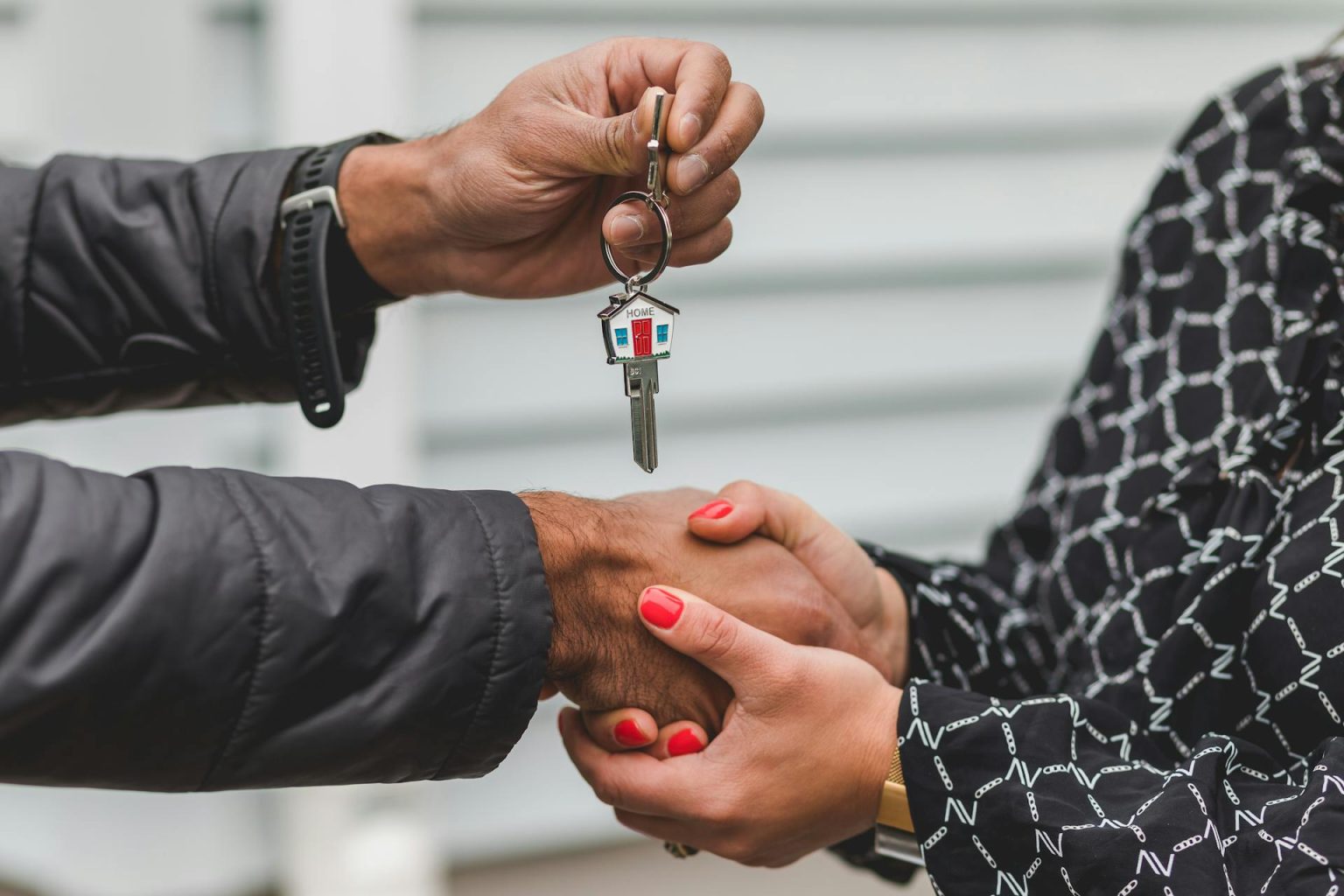The Hidden Costs of Homeownership
When you buy a house, you’re not just paying the purchase price; you’re also incurring additional costs. You’re committing to a 30-year loan with interest, property taxes that increase beyond your control, insurance premiums, and maintenance costs that never end.
Put all these expenses together, and the truth emerges: you need to make about 300% on the sale of your house just to break even before paying a realtor. This isn’t wealth-building—it’s wealth-trapping.
The Real Math Behind Homeownership
Let’s run through a realistic scenario. Imagine you’re considering a $500,000 home with a 20% down payment. That’s $100,000 of your cash immediately tied up in an illiquid asset.
With a 7% mortgage, property taxes, insurance, and basic maintenance, your monthly payment easily reaches $3,500. Compare that to renting a similar property for $2,500 monthly, and you’re paying $1,000 more each month while also having $100,000 less in liquid assets.
But what if you invested differently? What if you kept renting and invested that money instead?
The Investment Alternative
If you invested your $100,000 down payment plus the $1,000 monthly difference in a tax-advantaged account earning 8% (which is reasonable for long-term investments), here’s what happens over 20 years:
- Your initial $100,000 grows to approximately $466,000
- The monthly $1,000 contributions add another $589,000
- Total investment value: over $1,000,000
Meanwhile, your homeowner friends might see their $500,000 house appreciate to $800,000 over those same 20 years. After paying down their mortgage, they might have about $600,000 in equity.
That’s a $400,000 difference in your favor. And your wealth is liquid and diversified, while theirs is locked in a single asset that requires selling or borrowing against to access.
Freedom vs. False Security
Beyond the pure numbers, there’s another factor many overlook: freedom. As a renter with substantial investments, you maintain flexibility. You can relocate for career opportunities without the anchor of a house to sell. You can adjust your living situation as your needs change.
Homeowners often feel secure, but it’s a false security when so much of their net worth is tied to a single asset in a single location, subject to local market conditions, natural disasters, and neighborhood changes.
What Smart Investors Do
I’m not suggesting no one should ever buy a home. There are valid personal reasons for homeownership that go beyond financial calculations. But I am suggesting we need to stop thinking of primary residences as investments.
Savvy investors understand the difference between:
- Assets that generate income or appreciate substantially
- Liabilities that cost money to maintain
- Personal use items that provide utility but not financial returns
Your primary residence primarily falls into the third category, with some aspects overlapping with the second.
To build real wealth, focus on investments that generate cash flow and compound over time. Keep your living expenses reasonable relative to your income, and invest the difference consistently.
The next time someone tells you that renting is throwing money away, show them the math. The real waste isn’t paying rent—it’s missing out on decades of compound growth because you tied up your capital in an underperforming asset while paying premium carrying costs.
The financial industry has sold us a story about homeownership that benefits lenders, real estate agents, and tax collectors, not the average Americans trying to build wealth. Keep in mind, we have to think differently now; nothing is the same as it was before.







